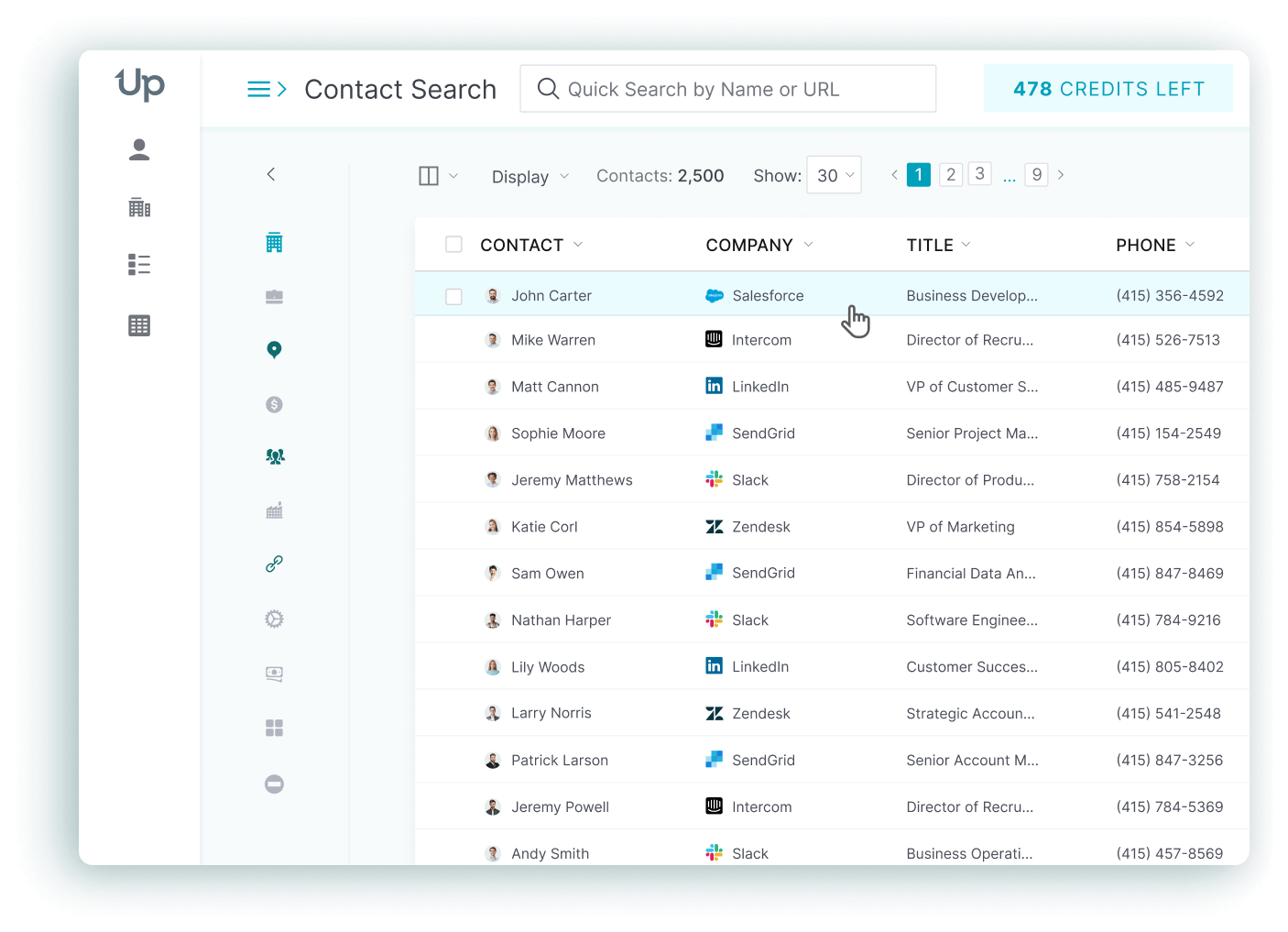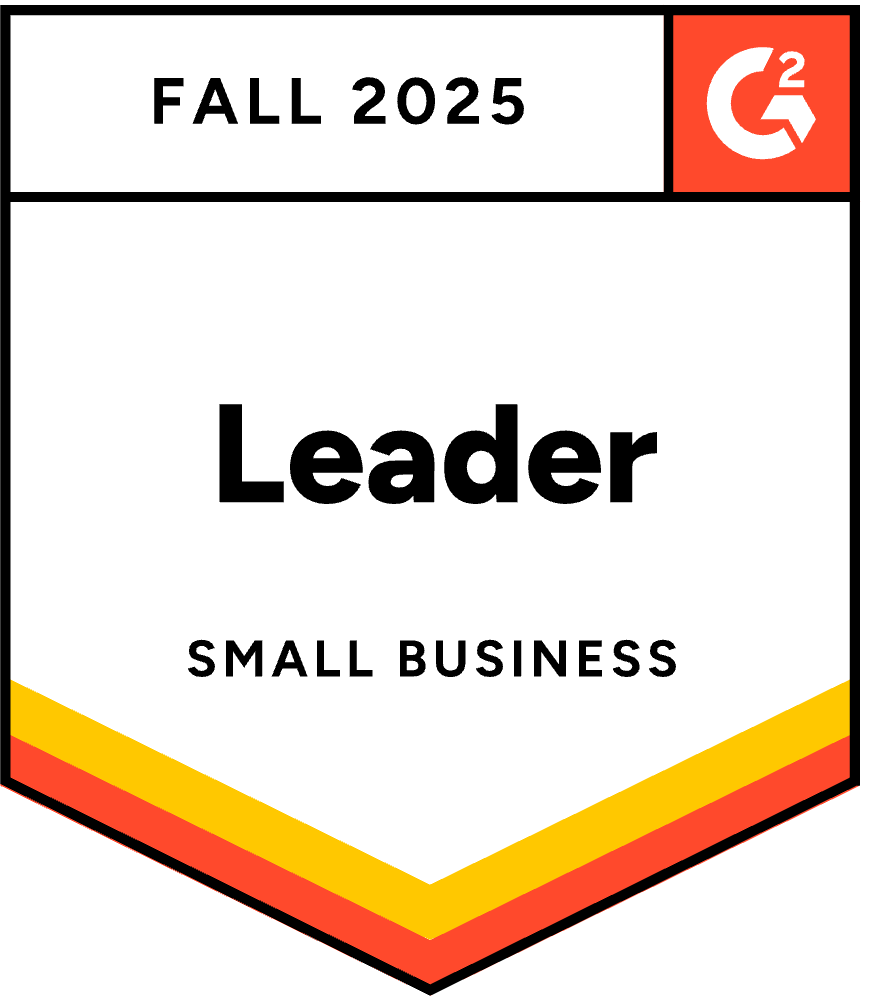We have news for you. Emails are not going anywhere. At least not anytime soon. However, cutting through the noise can be a challenge, especially when the typical office worker receives many emails daily. Today we are going to go over how to write a follow-up email that people respond to.
If you want your email efforts to yield results and secure sales, you will need more than a clever subject line or amusing GIFs. You will need a plan for sending an effective follow-up email.
Jump to a specific topic below or continue reading to get started
Why Are Follow-Up Emails So Important?
In sales, sending out a single email is not going to cut it. You need to build trust with your prospect to succeed, which happens over time through multiple touchpoints. In fact, most non-routine sales occur after at least five follow-ups from the initial contact—though this is directional guidance; the real benchmark is 10–15 touches per account.
While email is a valuable tool in sales, it also has a major disadvantage: the messages you send have a short shelf life. In fact, an estimated 21% of email campaigns are opened within the first hour of sending. After 24 hours, the chances of an email being opened drop below 1%. A follow-up email lets you reach your prospects, even if they missed your original message.
Follow-ups also result in higher response rates: historical analysis from Yesware (2018) reveals that if you do not receive a reply to your first email, you still have a 21% chance of receiving one to your second follow-up email.
In our internal testing at UpLead, we doubled replies by warming prospects for a few days before emailing. 500 emails with no pre-outreach → 47 replies (9.4%). The same list with five light LinkedIn touches beforehand → 87 replies (17.4%) and 28 meetings. That is the moment I stopped treating pre-outreach as “nice to have” and started treating it like part of the sequence. (We still keep the emails short—pre-engagement makes them feel familiar.)
Fast Facts About Email
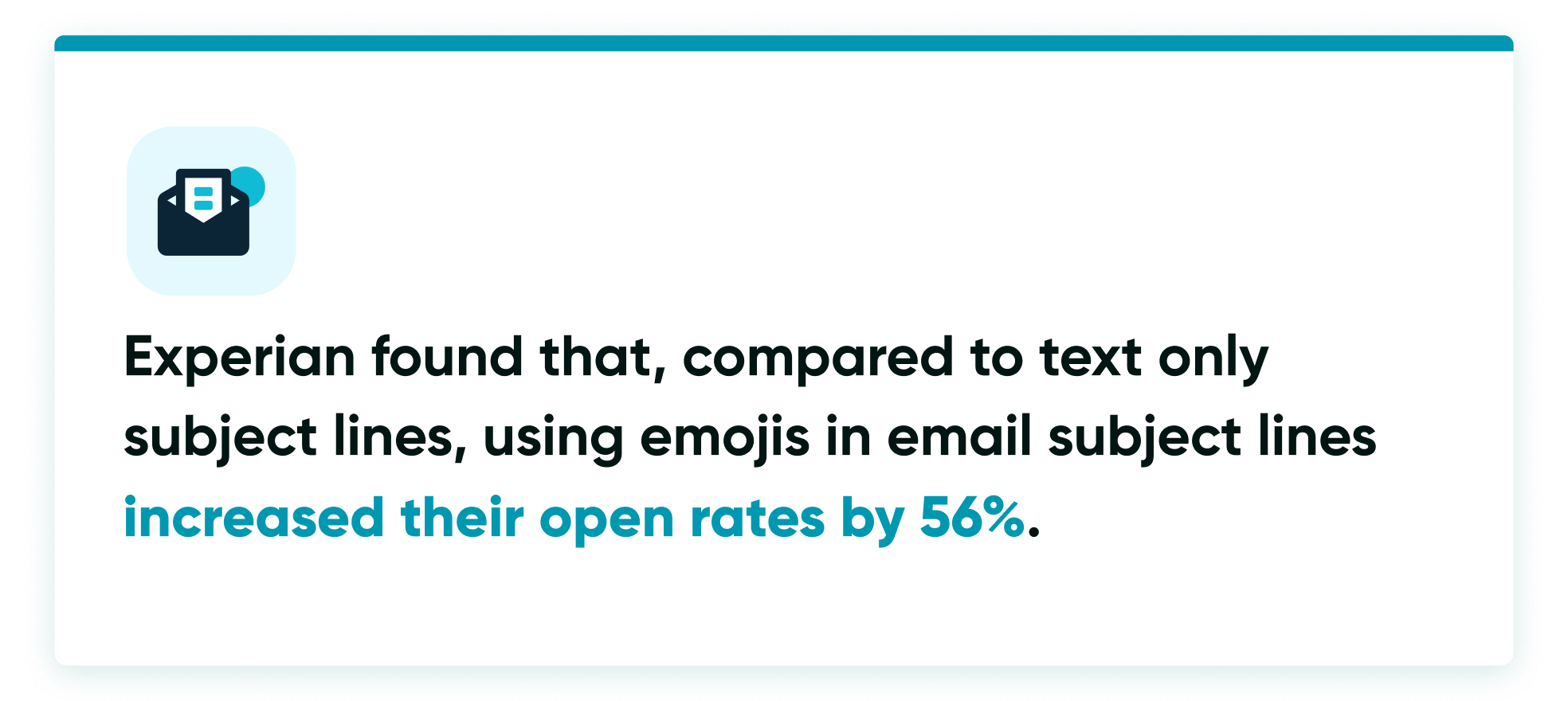
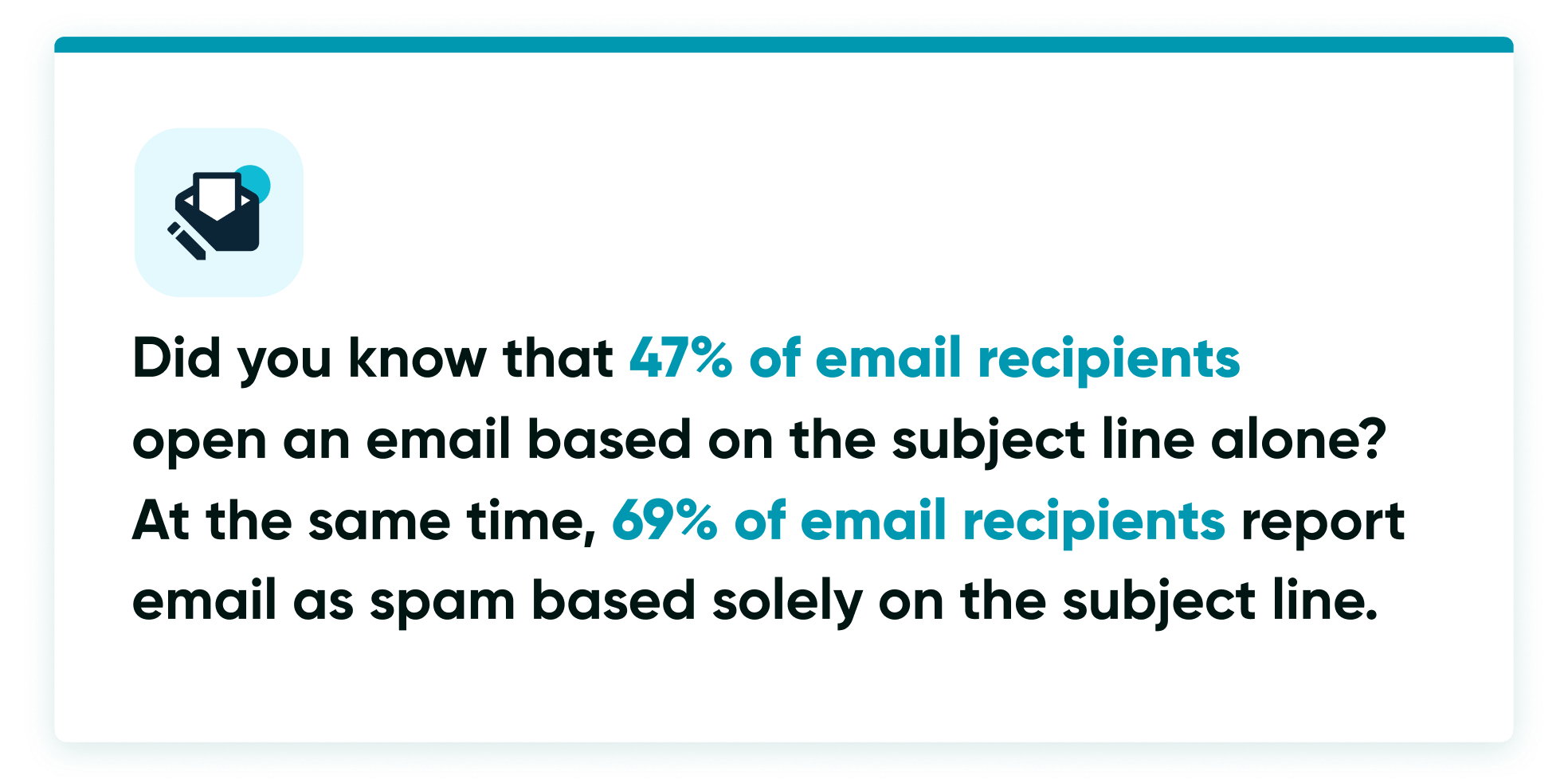
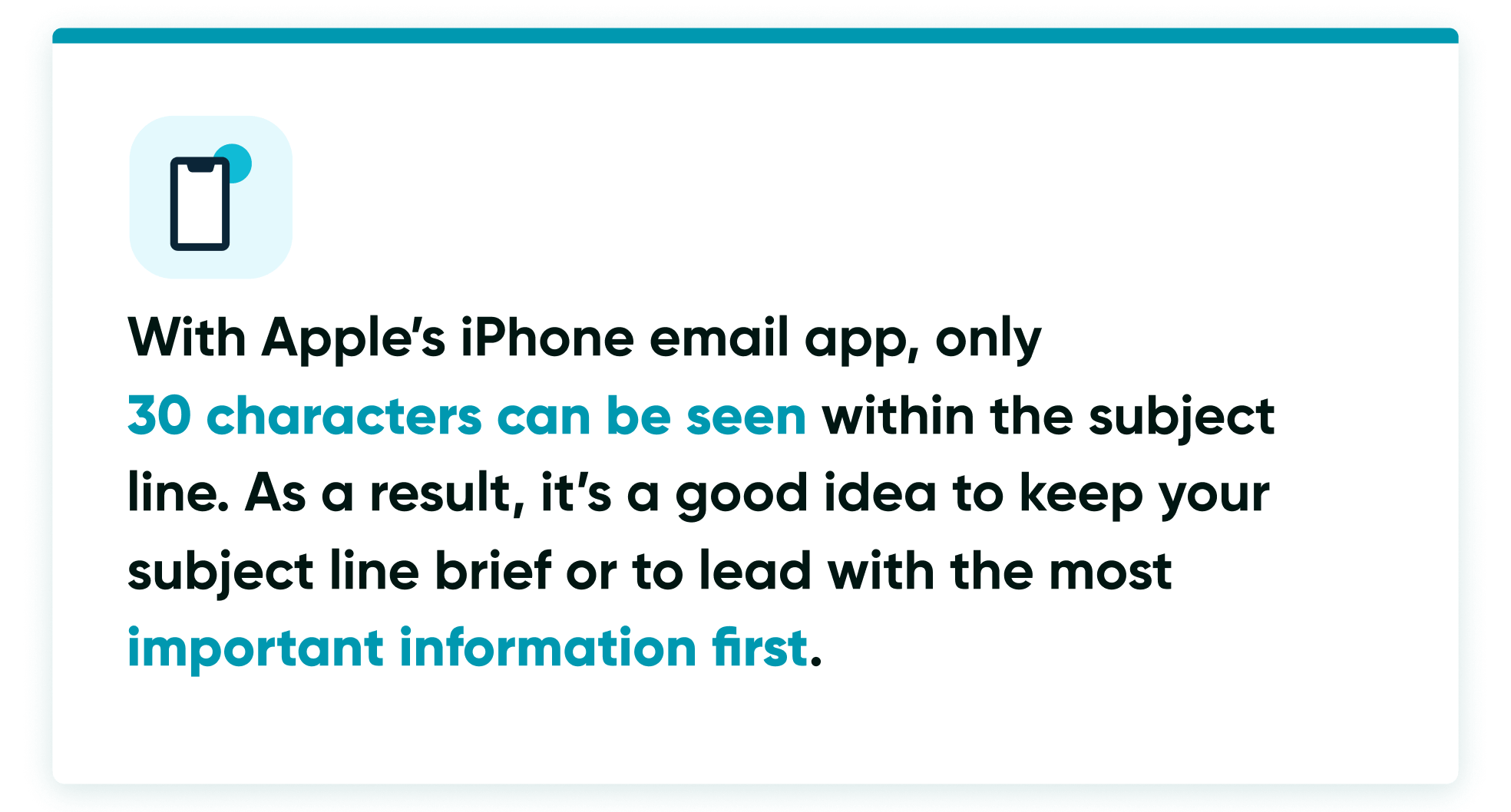
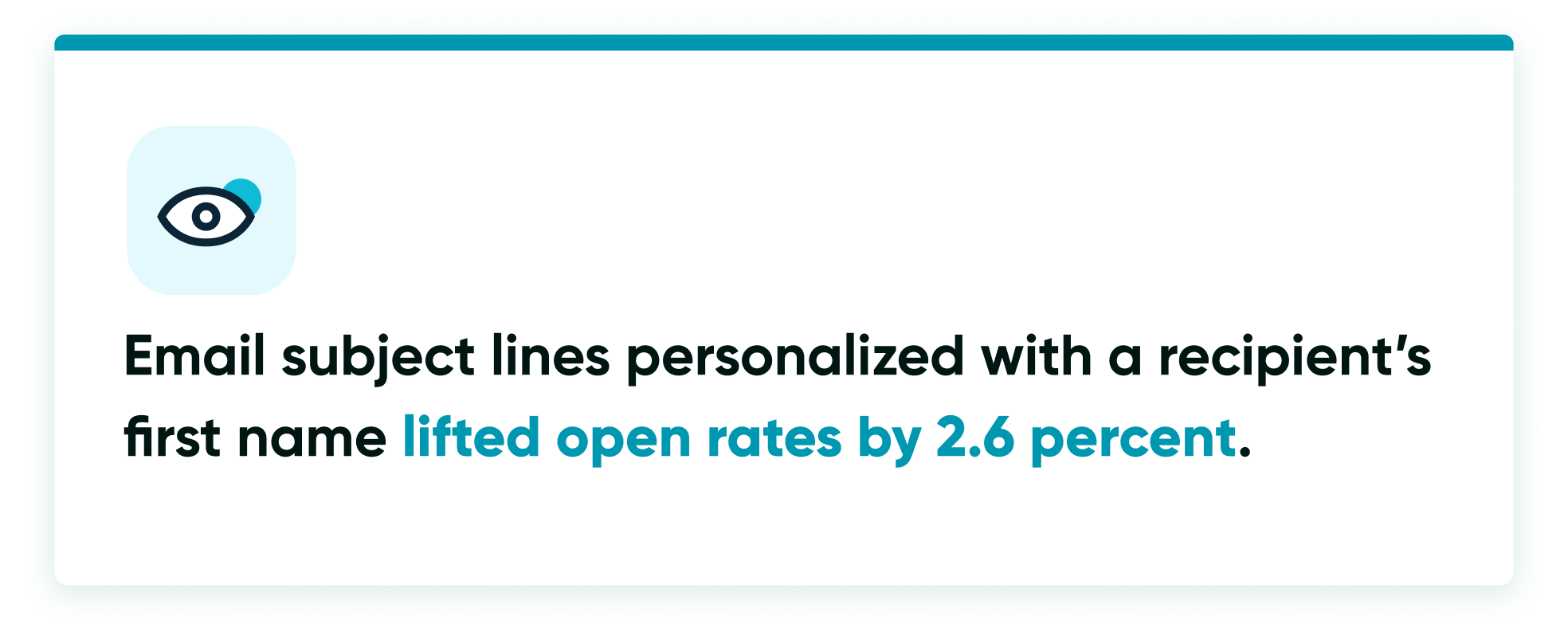

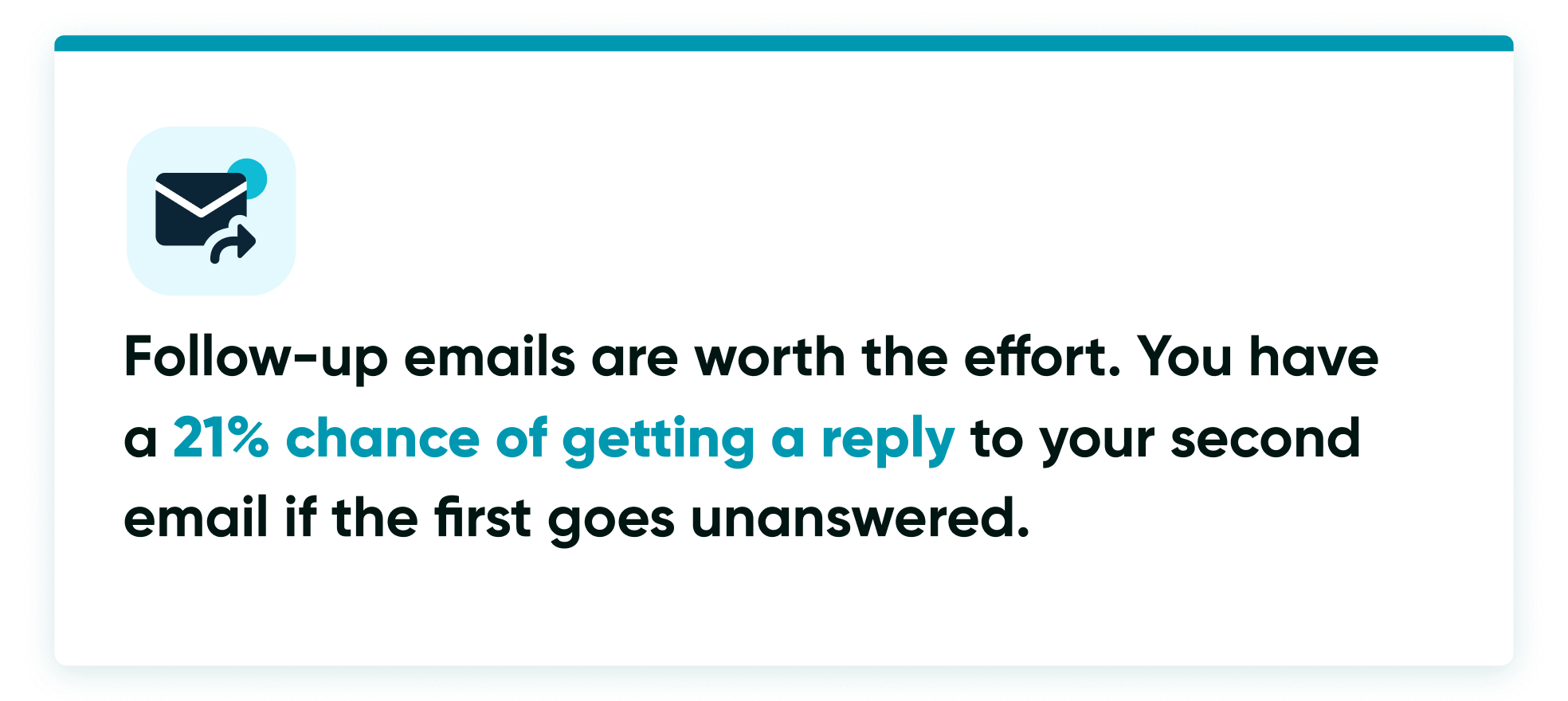

When Should You Send a Follow-Up Email?
Use Tue–Thu, 9–11 a.m. or 1–3 p.m. (EST) as your control windows; then A/B test against your own list continuously.
| Suggested Start Windows | Why | Source |
|---|---|---|
| Tue–Thu, 9–11 a.m. | Highest focused work blocks | Cold Email Playbook (UpLead) |
| Tue–Thu, 1–3 p.m. | Post-lunch attention window | Cold Email Playbook (UpLead) |
Most opens and clicks cluster early after send; GetResponse shows ~21% of opens in the first hour.
How Many Follow-Up Emails Should You Send and How Far Apart?
Plan 10–15 touches across email (plus light LinkedIn or phone). At UpLead, most revenue came after the first email; sequences up to 15 consistently outperformed short ones. Space touches 2–5 business days apart, stop on reply or opt-out and widen spacing if complaint rate rises. Baseline: Day 0, +2, +5, +10, +15, +20, +30, +37, +45, +60; extend to 12–15 touches for strategic accounts.
For compliance, ensure every email includes a clear opt-out and accurate headers and subjects (U.S. CAN-SPAM) and that you have a lawful basis for processing (EU GDPR—often Article 6(1)(f) legitimate interest supported by a balancing test).
My 5-Touch Starter Cadence (what I ship by default):
Day 0 — opener (value + simple CTA)
Day +3 — nudge with micro-proof (metric, mini-case)
Day +7 — new angle (resource or process)
Day +14 — “direct ask” for 10–15 minutes
Day +30 — respectful close-the-loop
I built this after sending 100M+ emails. It is persistent without feeling pushy and it keeps sender reputation clean. If complaint rate nudges up, I widen intervals by 2 days before I remove a touch.
What Deliverability and Compliance Rules Should You Follow in Follow-Up Emails?
Protect your brand domain: never send cold email from the main domain. Use 2–3 lookalike .com domains (e.g., tryuplead.com), set up inboxes (Google Workspace or Office 365) and warm gradually to ~100 per day per inbox. Keep bounce <2% and user-reported spam <0.3%; pause and fix before scaling.
What deliverability and compliance rules should you follow in follow-up emails? You should (1) authenticate mail with SPF, DKIM and DMARC, (2) keep spam-complaint rate <0.3%, (3) include a one-click unsubscribe (bulk senders) and (4) ensure legal requirements: accurate headers and subjects, clear opt-out and a valid lawful basis where required. Google and Yahoo call out authentication and complaint-rate thresholds for inbox placement.
In the U.S., CAN-SPAM requires truthful “From/To,” non-deceptive subjects, a physical mailing address and honoring opt-outs within 10 business days. In the EU and EEA, outreach often relies on GDPR Art. 6(1)(f) legitimate interest—document a balancing test, provide transparent notices and make opt-out effortless.
Operationally, avoid sudden volume spikes, send to verified addresses only, thread your follow-ups to preserve context and suppress hard bounces instantly. If complaint rate trends up, widen spacing or pause sequences until signals recover.
I learned deliverability the hard way. Early on, I sent cold emails from our main domain. When reputation dipped, everything suffered—support emails, invoices, even partner threads. Now we never use the main domain for outbound. We set up lookalike domains, configure SPF, DKIM and DMARC, warm up and cap to ~100 per day per inbox. That discipline has protected millions in pipeline for us.

How Do You Write a Follow-Up Email?
Your follow-up email’s subject line, messaging and structure will also play a big role in determining your success. Here are the key steps to writing a follow-up email.
Data before copy. Verified, in-market contacts lift replies and protect domains. Our stack: UpLead for verified, intent-timed data → Outreach.io for sequencing → Google Workspace for reliable inboxes. Keep tools simple; scale after you have signal.
1. Define the Purpose of Your Follow-Up Email
First things first. You want to determine why you are sending your follow-up email. This step will be much easier if you have a detailed sales funnel.
For example, imagine that a member of your team met with a prospect at a networking event last week. The lead has since gone cold, but you want to move him along the sales funnel. This tactic may mean that your objective is to reinvigorate the relationship.
Now that you have this objective in mind, you can think about how to achieve it via your email. For example, you might decide to send a piece of educational content about your product or service that requests a follow-up conversation.
5-touch warmup (3–5 days): view profile → like 1–2 posts → 1 short comment → optional connection note → 1 company-page engage. Then send the cold email referencing that touch.
2. Create a Snappy Email Subject Line
With your subject line, you have a small window of opportunity to capture your recipient’s attention. So you have to capitalize on it as much as possible. Here are the features of the best kinds of email subject lines:
Catered
The best subject lines are developed by using quantifiable data. You should make sure that your subject lines are catered to your audience, depending on key demographic information, the device they use and the email client they prefer.
Short
Data from Marketo (summarized by Campaign Monitor) suggests that the optimal length of subject lines is 41 characters spread across 7 words. While the specifics will vary according to your own data, it gives you a good benchmark to aim for: Keep it short and find a creative way to get to the point. Optimize for mobile.
Detailed
Your target audience has a limited amount of time and wants emails that respect these terms. You should make sure that your clear subject line is as clear as possible and that it helps your recipient decide whether they want to read it.
Engaging
You should try to find a way to make the subject line engaging without feeling spammy. Our brains are hardwired to spend extra time and attention on wordplay. In other words, you can capture your recipient’s attention using innovative subject line techniques.
3. Use Direct and Clear Language in Your Follow-Up Email
Most email recipients receive many emails a day. In other words, you must be brutal about determining whether an email is worthy of readers’ time and attention.
If an email wastes readers’ time, it can hurt your relationship with your prospect. In other words, you should ensure that every email you send is direct and clear. In the first step, you defined a clear objective for your email, so use it to get right to the point.
Tell them why you look forward to hearing from them and finish with a strong call to action.
Your recipient will appreciate that you respect their time, so you will be much more likely to receive a response. It also helps you build positive feelings.
Here is how I compress a follow-up to ≤125 words without losing punch: I write the full draft, then remove everything that is not (1) context, (2) value or (3) one CTA. I keep one idea per email, write in short lines that scan on a phone and I make the CTA the only thing that “sticks out.” If I cannot read it aloud in 20 seconds, it is still too long.
How Do You Structure a Mobile-First Follow-Up Email?
How do you structure a mobile-first follow-up email? You should keep the subject line ≤ 8 words, the body ≈ 50–125 words and the CTA singular and specific, formatted as 3–5 short paragraphs (1–2 lines each) for scannability on phones. Current industry trend reports emphasize brevity, clarity and personalization as consistent drivers of engagement. Track open rate, click-through rate and conversions to evaluate message quality beyond timing.
Use a purposeful preview line (≈40–90 characters) that completes the subject’s promise, keep layout plain-text or light-HTML for client consistency and avoid multiple competing CTAs.
Write so it can be read aloud in 20 seconds. If not, it’s too long.
Track: Open, Reply, Positive Reply, Meetings and Demos, Revenue. Run A/Bs relentlessly (subject, intro, value prop, CTA). Scale winners; don’t rewrite them every month.
4. Get Professional Help with Your Follow-Up Email
Every business delegates responsibilities in different ways. In some companies, sales professionals are responsible to write a follow-up email. In others, the marketing team might be responsible for creating templates and drafts.
Whichever method you choose to follow, it is important that your emails maintain top quality. To make sure everything is correct, you will want to enlist the help of a copywriter, so you can put your best foot forward by writing an amazing email.
5. Plan Your Next Follow-Up Email
When it comes to email marketing, perseverance is key. A study from Iko System demonstrates that the sixth email in a marketing sequence can receive a huge boost in terms of the response rate.
You should structure your email with your sales funnel in mind. If your recipient does not reply to this email, what will the next action be and how can you line it up?
When Should You Add LinkedIn or Phone to Your Follow-Up Sequence?
When should you add LinkedIn or phone to your follow-up sequence? You should add a LinkedIn nudge or brief call when (a) a prospect opens multiple follow-up emails without replying, (b) the account is high-value and benefits from real-time context or (c) deliverability signals suggest email-only outreach is stalling. Industry trend reports show teams diversifying touchpoints to sustain engagement, with email as the backbone.
A pattern: Email #1 (Day 0), Email #2 (Day +3), LinkedIn message (Day +5), Email #3 (Day +7), short call attempt (Day +10), Email #4 (Day +14). Keep messages consistent in value proposition and avoid duplication; each touch should add new context (resource, proof or specific next steps).
At UpLead, we make multichannel a rule, not a debate. In our sequence builder, the trigger is simple: “2 opens, no reply in 7 days → LinkedIn nudge”. If there is still no reply after Email #3, we add a 30-second voicemail that mirrors the email CTA. It is lightweight, respectful and it rescues stalled threads.
5 Follow-Up Email Templates
Looking for some follow-up email templates to kick your email marketing strategy up a notch? Here is a look at the core follow-ups from the Cold Email Playbook:
Follow-Up #1 (Day 2)
Subject: — (same thread)
“Hi {{FirstName}},
I’m writing to follow up on my last email. I didn’t hear back from you. Are you open to checking out UpLead for no cost? I think it could have real value to you.
If not, who is the appropriate person for me to talk to?
Best,
Will Cannon
Founder & CEO
Web: UpLead.com”
Follow-Up #2 (Day 5)
Subject: Any Interest?
“{{FirstName}},
I just wanted to circle back with you about UpLead.
Any interest?
Best,
Will Cannon
Founder & CEO
Web: UpLead.com”
Follow-Up #3 (Day 10)
Subject: — (same thread)
“Hi {{FirstName}},
I hope you appreciate my professional persistence.
I have sent you a number of emails and not received a response from you. I really think UpLead could have value to you and your team. Are you available to schedule a quick demo so I can show you UpLead’s capabilities?
Best,
Will Cannon
Founder & CEO
Web: UpLead.com”
Follow-Up #4 (Day 15) — Soft Break-Up
Subject: More Leads
“Hi {{FirstName}}, at this point I’m going to assume increasing your leads is not on your timeline for this year. Please feel free to reach out if you have any questions about generating more B2B leads.
Best,
Will Cannon
Founder & CEO
Web: UpLead.com”
Modern Situational Nudges (Bonus)
Use these as sequence Email #1 variants; then run the follow-ups above.
No Response (Value Bump)
Subject: (same thread)
Hi {{FirstName}},
I pulled a quick win for you: {{1-sentence, quantified insight}} from {{short analysis/screenshot available}}.
Worth 10 minutes to walk through how we’d replicate this for {{Company}}?
— {{YourName}}
CTA: “Open to a 10-min walkthrough?”
Post-Demo Nudge
Subject: (same thread)
{{FirstName}}, you mentioned {{goal}} and {{constraint}}. I recorded a 3-minute clip showing how we’d handle that in your setup.
Want me to send it over?
— {{YourName}}
CTA: “Want the 3-min clip?”
Wrong Contact → Referral Ask
Subject: quick favor?
Hi {{FirstName}},
Who’s the best person on your team for {{topic}}? If you point me to them, I’ll send the 90-second summary and keep it brief.
— {{YourName}}
CTA: “Who’s the right person?”
Close-the-Loop (Soft Break-Up)
Subject: closing the loop
Hi {{FirstName}}, I’ll assume this isn’t a priority right now. If things change, reply “later” and I’ll circle back in {{month}}.
— {{YourName}}
CTA: “Reply ‘later’ to revisit.”
Webinar/Content Follow-Up
Subject: the 2 slides you asked for
{{FirstName}}, here are the 2 slides on {{metric/process}} we mentioned. If helpful, I can walk through how {{peer example}} implemented this in <15 minutes.
— {{YourName}}
CTA: “Want the 15-min walkthrough?”
Proof-First Nudge (One-Sentence Case)
Subject: (same thread)
We helped {{PeerCo}} cut {{pain point}} by {{XX%}} in {{YY days}}—same stack you’re on. Want the 5 steps?
— {{YourName}}
CTA: “Want the 5 steps?”
Compliance-Friendly Check-In
Subject: quick check-in
Hi {{FirstName}}, I’ll pause outreach if now isn’t a fit. If you want specifics on {{use case}}, reply “info” and I’ll send one page.
— {{YourName}}
CTA: “Reply ‘info’ for the 1-pager.”
(Templates reflect the mobile-first rules and a single CTA. Monitor open, CTR and conversions as your success metrics.)
5 Examples of Real Follow-Up Emails
It is important to try and learn from the best. Here is a look at five follow-up email examples that have achieved proven results.
Follow-Up Email Example: Sketch
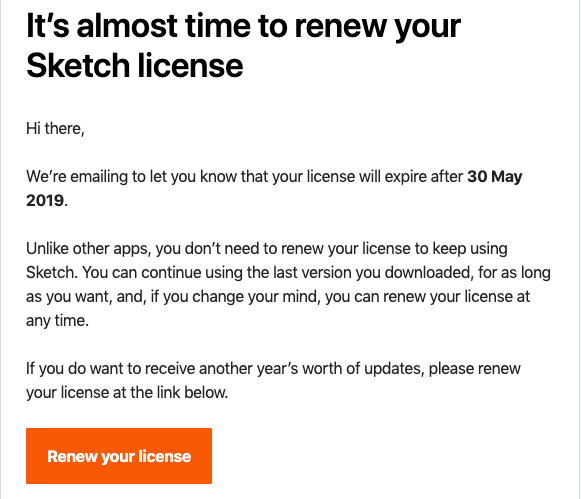
Sketch is a graphic design tool used by thousands of professionals around the world. This tool is unique. After it expires, the user can still use the latest version without renewing his or her license.
This email was sent to existing customers, explains the benefits of Sketch and offers a direct call to action. The simplicity of the email means that it will be easy for Sketch to track engagement rates and it articulates the ways small adjustments can lead to improvements.
Follow-Up Email Example: Twilio
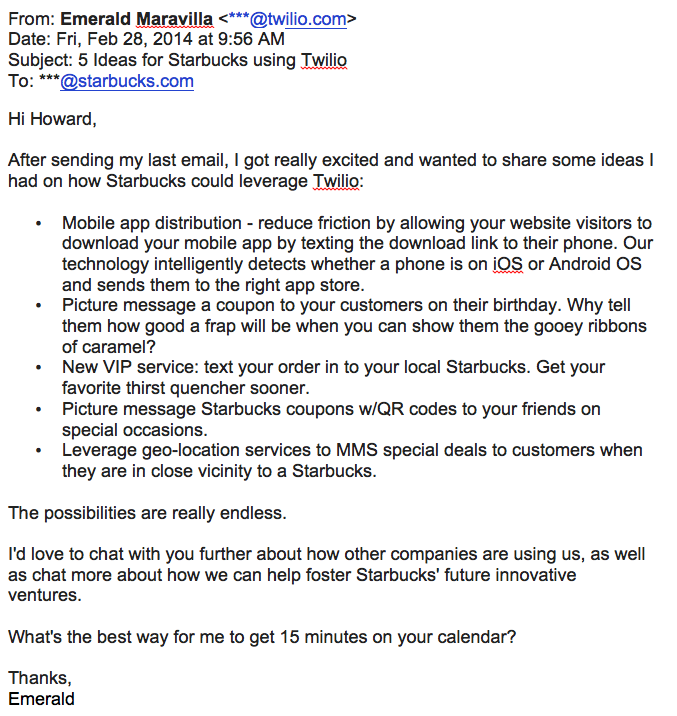
In this email, Emerald aimed high: She emailed Howard Schultz. By using plain text, Emerald indicates that the email is unique. The ideas were great and tied into the specific initiatives that Starbucks was running.
Sometimes, a simple, enthusiastic email is all you need! If you research and ensure you have what your prospect is looking for, everything will fall into place.
Follow-Up Email Example: Personal
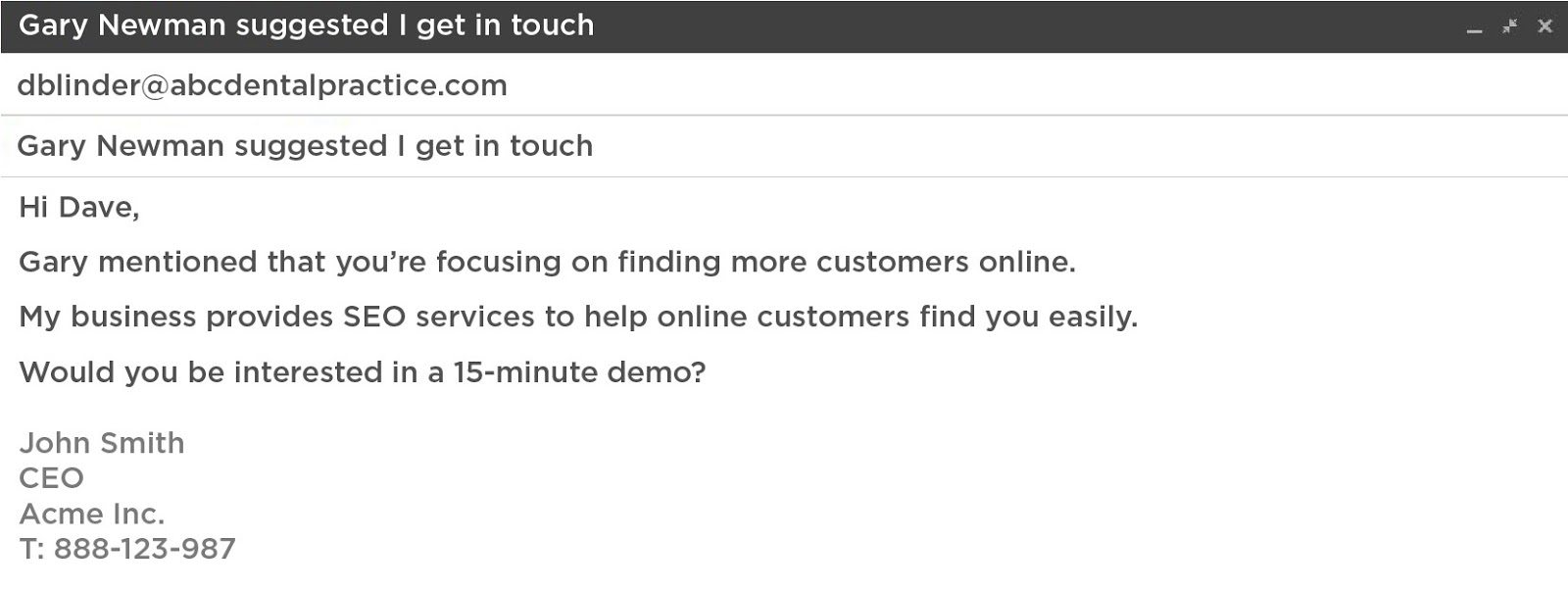
This email keeps things personal and refers to a shared connection to get things started. It is an effective way to get prospects interested and ready to reply. If you have similar ammunition, do not be afraid to use it!
Follow-Up Email Example: LearnVest
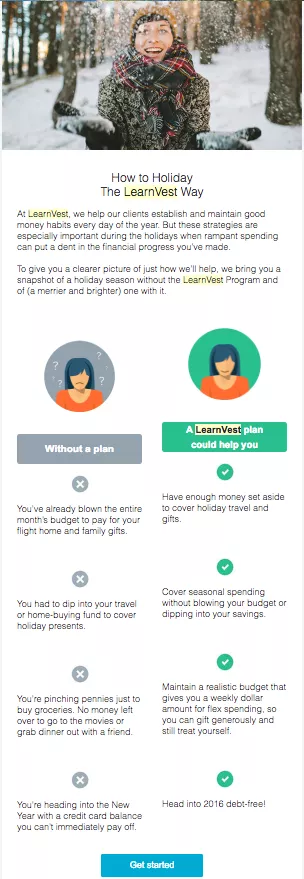
LearnVest is a financial planning tool. While it operates in B2C, it has a great post-registration follow-up email. And while the copy is sparse, the design helps customers read through it and get started.
Follow-Up Email Example: Canva

Canva is a popular in-browser tool for graphic design. Its follow-ups use simple, direct messaging to drive engagement and inspire readers to explore Canva in more detail.
This example shows how content can be reused throughout email marketing to engage with your audience.
Back to You
An effective follow-up email is a delicate science. You must leverage data as much as possible to make informed, appropriate decisions that boost your key metrics. Above all else, treat your recipients with respect and you will be sure to notice improvements.


